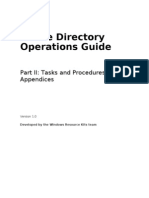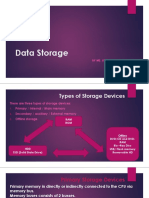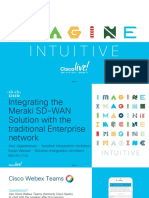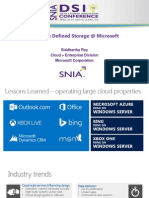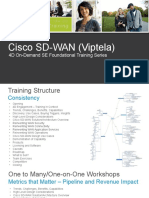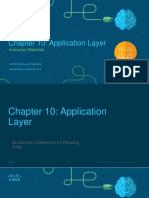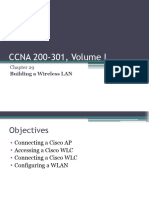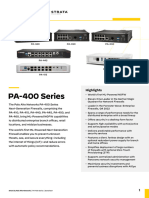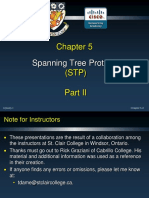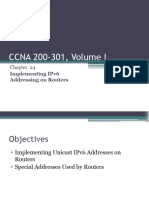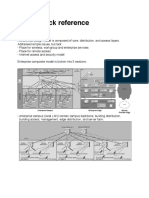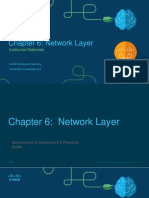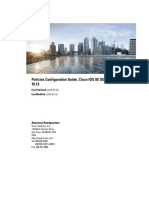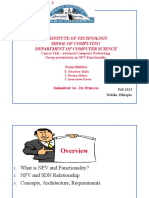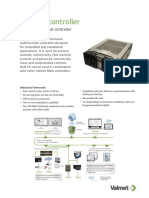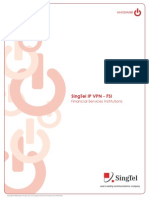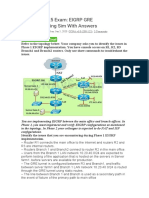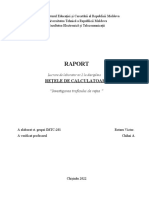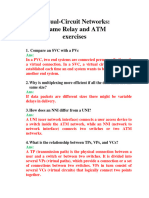0% found this document useful (0 votes)
177 views49 pagesLecture Notes 7 SDN and NFV
This document discusses network virtualization and software defined networks. It defines network functions virtualization as aiming to transform how networks are architected by consolidating network equipment onto standard servers and defining their software. Network functions virtualization is related to and can enhance software defined networking by providing the infrastructure for SDN software. The document also discusses network slicing using Flowvisor, which divides a physical network into logical slices that can each control their own traffic flows and packet forwarding in isolation. Each slice represents a subset of the network traffic defined by packet header fields.
Uploaded by
20021595 Nguyễn Minh TuấnCopyright
© © All Rights Reserved
We take content rights seriously. If you suspect this is your content, claim it here.
Available Formats
Download as PDF, TXT or read online on Scribd
0% found this document useful (0 votes)
177 views49 pagesLecture Notes 7 SDN and NFV
This document discusses network virtualization and software defined networks. It defines network functions virtualization as aiming to transform how networks are architected by consolidating network equipment onto standard servers and defining their software. Network functions virtualization is related to and can enhance software defined networking by providing the infrastructure for SDN software. The document also discusses network slicing using Flowvisor, which divides a physical network into logical slices that can each control their own traffic flows and packet forwarding in isolation. Each slice represents a subset of the network traffic defined by packet header fields.
Uploaded by
20021595 Nguyễn Minh TuấnCopyright
© © All Rights Reserved
We take content rights seriously. If you suspect this is your content, claim it here.
Available Formats
Download as PDF, TXT or read online on Scribd
/ 49


